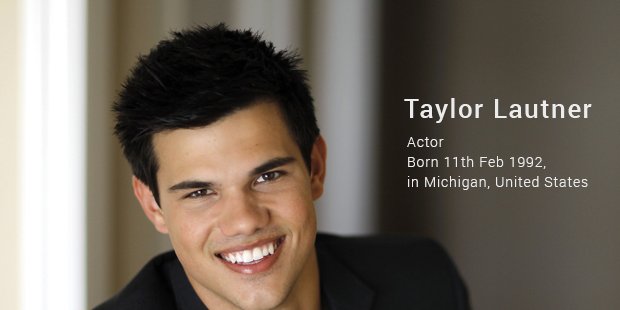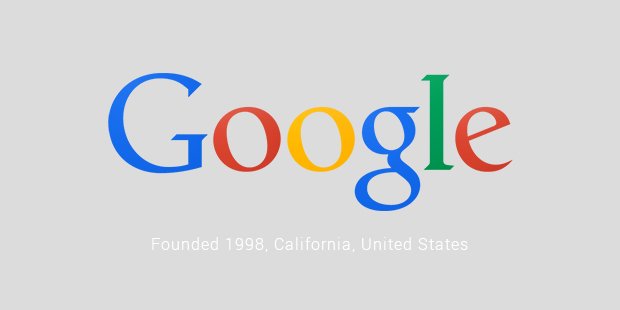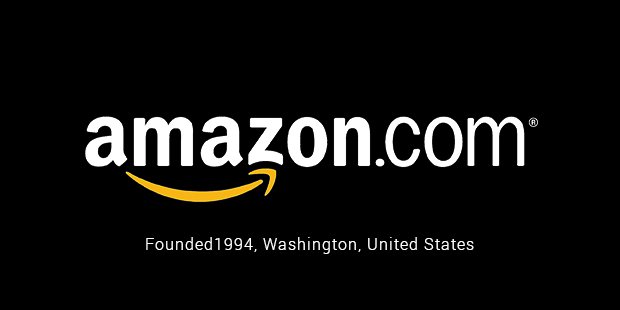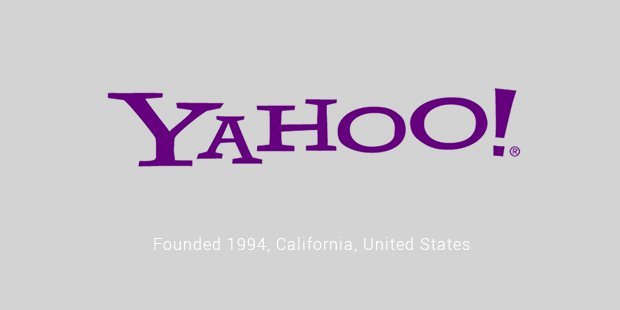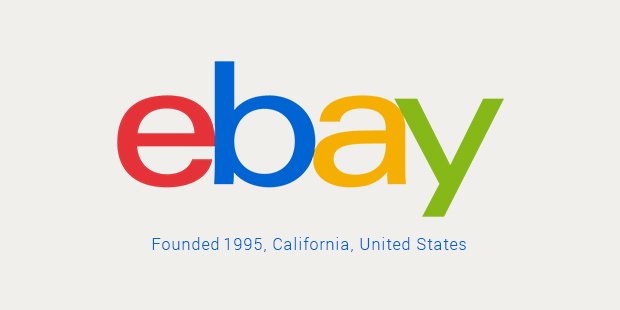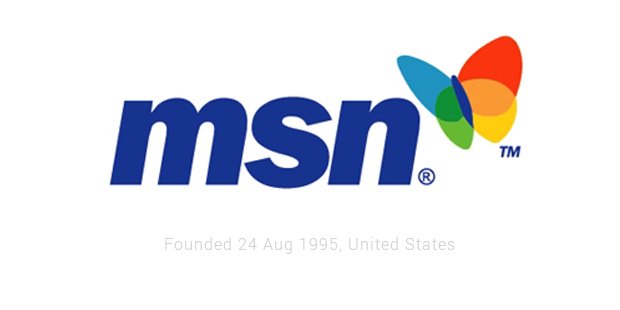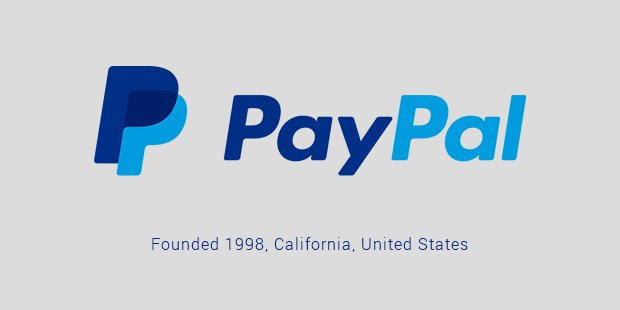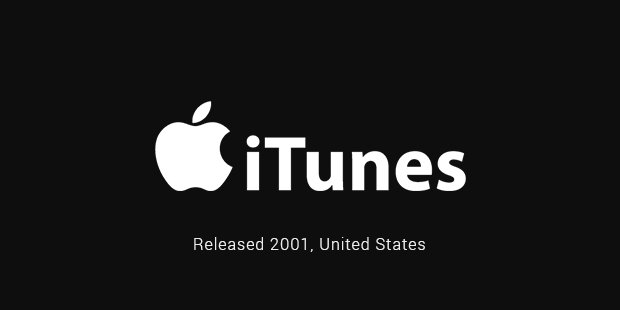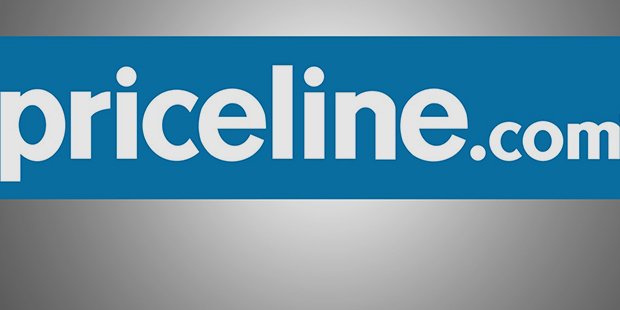How to Write Compelling Copy
Before you start that next sales email or landing page, try some of the tips below. Working through them will take some time and thought, but the effort will be worth it when you walk away knowing exactly how to frame your message to achieve the best response
.
1) Get to know your target prospect.
The most effective fishermen vary their bait depending on the fish they aim to catch. They know that bass, for example, go after earthworms. Carp love corn. Crappie respond well to rubber lures. Fishermen also adjust their technique depending on the time of day, the water conditions, and the season. They soak up as much information as possible about the fish and it’s environment, ultimately using their learnings to attract and, hopefully, hook.
As it happens, marketers operate similarly, learning as much as they can about their target prospects before casting them their message. Doing so makes it easier to highlight irresistible benefits throughout their copy. Benefits that relieve ultra-specific pain points, making the offer all the more compelling to the right audience.
To accurately and efficiently isolate your target prospect's problems (which will illuminate the benefits most fascinating to them) start by answering a series of questions about their personal background, their company and the position they hold, and their challenges, goals, and shopping preferences. In other words, create a buyer persona. As a result, you’ll amass an abundance of invaluable information that you can then use to attract attention and inspire action.
2) Exploit the psychology of exclusivity.
If you want more buzz than you can handle, make your prospects feel special. Tell them they’ve been “hand-selected” or “randomly picked” to receive your offer. Isolate them ... but in a good way. Make them feel important. People love feeling important.
In fact, self-esteem, or how we view ourselves, is near the top of Maslow’s Hierarchy of Needs. That’s how important
feeling important is to people. It’s a need marketers have been exploiting for decades …
In an article for
Fast Company, Robert Rosenthal points us to this U.S. Marines tagline: “The Few. The Proud.” And this American Express tagline: “Membership has its privileges.”
The folks at Google played the exclusivity card, too, creating a frenzy when they launched a soft beta of Google+ and invited only a select few users to create a profile. Google’s marketing team wasn't trying to be mean, they were trying to create desire (that compels) out of thin air. And they succeeded. Psychology’s good for that.
3) Make it emotional.
When it comes to converting a prospect, the
features of your product or service will only get you so far. Why? Because features appeal to your prospect’s logical brain. And purchases aren’t driven by logic. They hinge on
emotion, which explains why good commercials make us want to laugh or cry or pick up the phone to call home.
For example, Dove's "Real Beauty" campaign was so powerful and thought provoking that it went viral before such a thing even existed. The campaign has been active for over a decade, resonating with millions of women who were left feeling empowered by its message:
you are not defined by your makeup.That sentiment created countless emotional moments. Those
emotions, then, were what drove Dove’s “Real Beauty” campaign to its celebrated (and well-deserved) success.
(And when those moments weren’t compelling people to reach for Dove soap, they were driving a new social perspective, which is an entirely separate accomplishment.)
4) Draw analogies and metaphors.
A confusing or dull message is rarely compelling, mainly because people don’t pay much attention to what they don’t perceive to be valuable. If you think about it, most things in life boil down to value. It’s a potent human driver. Therefore, as a copywriter, your job is to first and foremost figure out the value in what you’re selling and then put it into clear, concise, and compelling words.
The latter is almost always harder to do. And if you’re new to copywriting, it could feel almost impossible, like trying to thread a needle while wearing hockey gloves. That’s where analogies and metaphors can lend a hand. They’re especially effective at putting concepts into perspective.
Here are a few examples of metaphorical taglines from
The Houston Chronicle:
- Tropicana: “Your Daily Ray of Sunshine.”
- Werther’s Original Popcorn: “It’s What Comfort Tastes Like.”
- Burger King: “Subservient Chicken.”
See how these brands combine two starkly different concepts to tell a story or create an image? You can do that in your copy, too. As long as your juxtaposition makes sense -- as long as it connects the dots and isn’t trite -- you’re likely doing your reader a favor by helping them experience your offer in a fresh, descriptive, and interesting way.
5) Avoid weasel words.
Weasel words are used by people who want their statements to maintain some plausible deniability. Politicians trying to avoid making any definitive comments, for instance, would use weasel words. Copywriters use them a lot, too, especially if their product’s promise is weak or loose. For example:
- “Viva Hand Cream fights dryness.” (i.e., you might not win.)
- “Reduce hair loss with Thick & Lush!” (i.e., you won’t cure it.)
- “Rent from as little as…” (i.e., you’re probably going to spend more.)
These words are named after weasels because of the way the little guys eat their eggs: puncturing a small hole and sucking out the contents, leaving the egg appearing intact but, nevertheless, very much empty. Ever held an empty egg? It’s fragile and delicate, right? Given the slightest bit of pressure, if feels like it would collapse.
Is that how you want your copy to come across? Weak and listless, like ants floating in a puddle? Of course not. So avoid the weasel words when you can. Your writing will be stronger, more authoritative, and more compelling for it.
6) Create urgency.
The more relaxed and comfortable we are physically, the less eager we are to move. Nobody plops down in their favorite La-Z-Boy, puts their feet up, cracks a beer, and thinks,
I can’t wait to get up. No. People don’t like moving when they’re in a comfy position.
Same goes for people in a comfortable state of mind. Therefore, if your copy leaves readers with the impression that your offer will always be there, patiently waiting for them to pull the trigger, they may use that as a justification to not convert on your call-to-action. They’ll sleep on it, consider their options, and weigh the pros and cons. And after all that, they may very well do nothing at all because you gave them the chance to talk themselves out of it.
Next time, create some urgency. Set a deadline, using time-sensitive language like “This offer ends tomorrow,” or “Last chance,” or “These savings won’t last forever.” You can also play the scarcity card, reminding them that “There are only a few seats left” or that “Supplies are limited.”
The point is to make your prospects feel uneasy about waiting. Strange as it sounds, the more uncomfortable they are, the more likely it is they’ll be compelled to act.
7) Tailor your CTA.
When you want more brown rice at Chipotle, just ask.
When you want a five and five singles back instead of a ten, go ahead and ask.
When you look at them and everything turns to color and you want to spend your life with them, ask. Ask them to take that next step with you, and maybe they’ll smile and say “yes.” Hopefully, they do.
But you gotta ask. Whether you’re at Chipotle, in line at the grocery store, or in love, if you want something, typically, you have to ask for it. Why would copy be any different? That’s why a CTA, or a call-to-action, is one of the most compelling elements your copy can possess -- as long as it’s well-executed.
In other words, don’t settle for the standard “Click now” copy every time. Instead, strive to make your CTAs simple and potent; creative and forthright. Most importantly, make sure to play to your audience. For example:
- If you’re going after an experimental SaaS audience,
then give them a “Start your free trial now” CTA.
- If you know that your target persona to be curious and discovery-oriented,
then give them a “See how it works” CTA.



